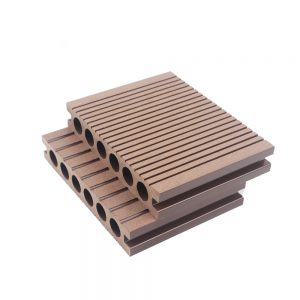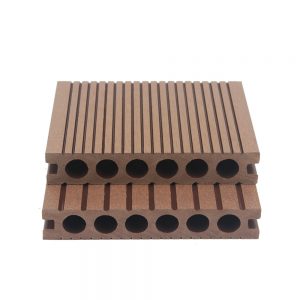In the market, the thickness of the composite floor is generally 8-12 mm, and in the production process, the thickness of the composite floor needs to be improved and developed. Solid wood flooring is a floor decoration material formed by drying and processing natural wood. Also known as log floor, it is a floor made directly from solid wood. It has the texture of natural wood growth and is a poor conductor of heat. It can play the role of warming in winter and cooling in summer. It has the characteristics of comfortable feet and safe use. It is an ideal material for floor decoration such as bedrooms, living rooms, and studies. Wood flooring is made of wood. The wood flooring produced in China is mainly divided into six categories: solid wood flooring, laminate flooring, solid wood composite flooring, multilayer composite flooring, bamboo flooring and cork flooring, as well as the emerging wood-plastic flooring. Laminate flooring is generally composed of four layers of materials, namely wear-resistant layer, decorative layer, high-density base material layer, and balance (moisture-proof) layer. Laminate flooring is also called impregnated paper laminated wood flooring and laminate flooring. Qualified laminate flooring is impregnated with one or more layers of special thermosetting amino resin. Some floors can even reach 14-18 mm thick. In order to strengthen the thickness of the floor, many manufacturers have made many consumers wonder when they buy the composite floor, what is the thickness and thickness of the composite floor. what is the relationship?
Born in Europe in the 1980s, Germany is in a leading position in technology, technology and advanced manufacturing equipment, mainly Germany. At the beginning of the production of 8mm-thick reinforced flooring, reinforced flooring was the earliest ohm and ohm exporter in China, and the production of 8mm, 12mm-thick reinforced flooring was also given priority in the domestic price war for 8mm reinforced flooring. Profits are very meager. According to the thickness of the main products of major European brands, products below 8 mm account for 63%, products above 10 mm account for 32%, and products above 10 mm account for 5%. Through comparison, we can clearly see that the actual situation of the European market is inconsistent with the development trend of domestic floor thickness, which makes people cannot help asking why European flooring originated from reinforced floors, but not thick bottom as the mainstream promotion. Regarding the issue of thickness and quality, according to the explanation of professionals in the industry, it is believed that the configuration height and thickness are not directly related to the function and quality of reinforced wood flooring, and the performance of reinforced wood flooring is not directly related to the thickness of the index. According to experts, the quality, foot feel and comfort of wooden floors depend on the quality of wooden floors. In addition, the surface wear resistance coefficient and product processing accuracy are also important standards to measure the quality and grade of wooden floors.















